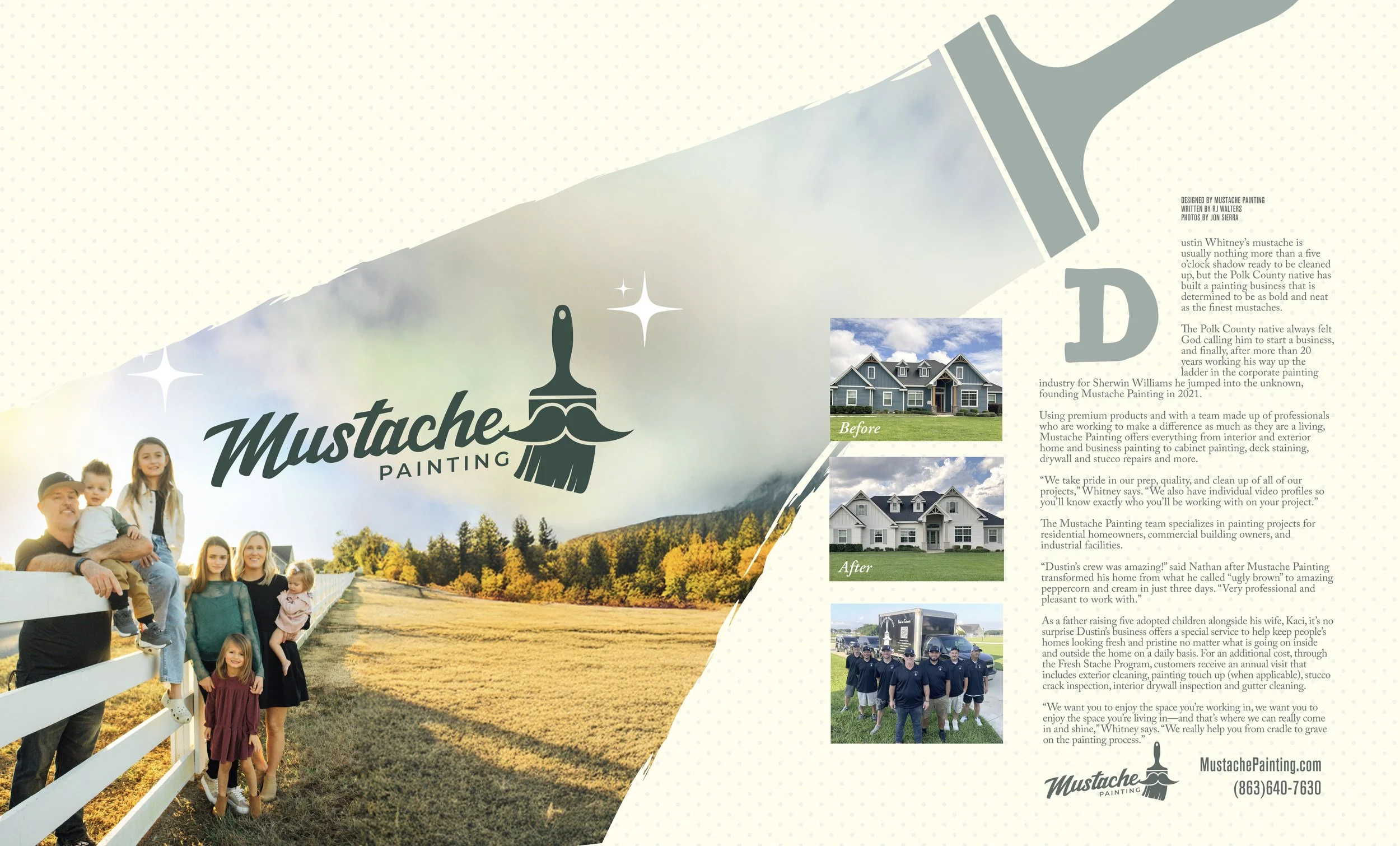
The Lakelander Issue 118
Who says you have to have turkey and green bean casserole around the table at holidays? Not this Lakeland foodie.
Your go-to calendar of holiday events to experience Christmas cheer through the end of the year.
How a miracle more than four decades ago was the catalyst for a lifetime of striving to help others for one 6th-degree black belt.
See what all the buzz about the grocery giant’s new Lake Miriam Square store is all about.
Our way of showing you why it’s best to spend your hard earned money on trendy gifts and one-of-a-kind creations offered by local businesses.
Check out our latest Instagram posts
View fullsize
![]()

View fullsize
![]()

View fullsize
![]()

View fullsize
![]()












